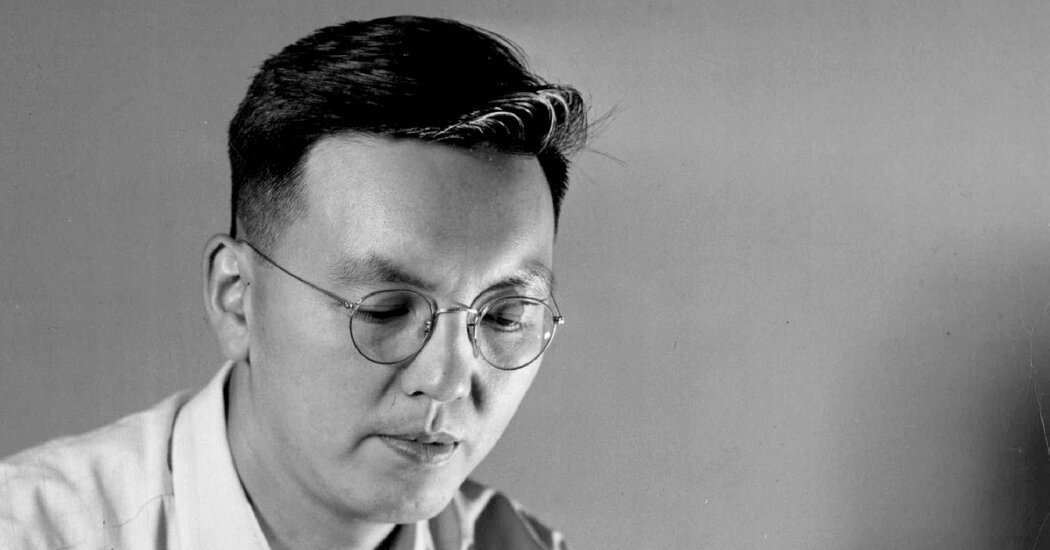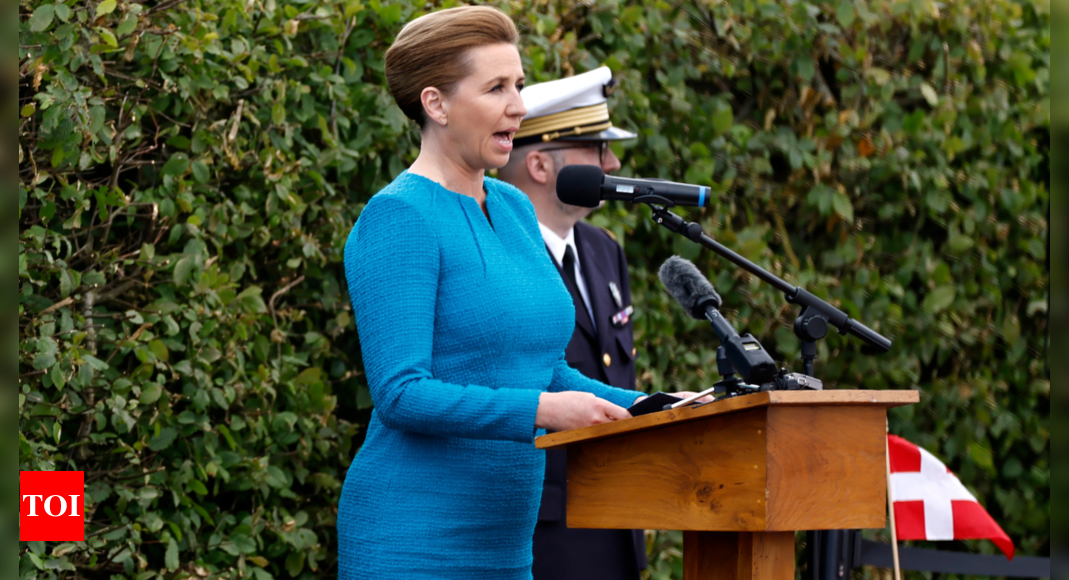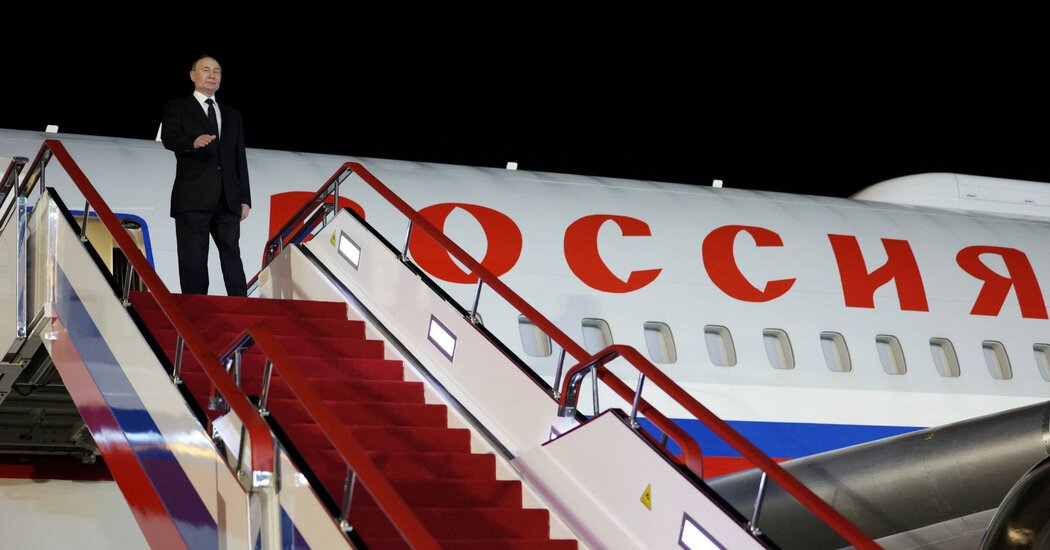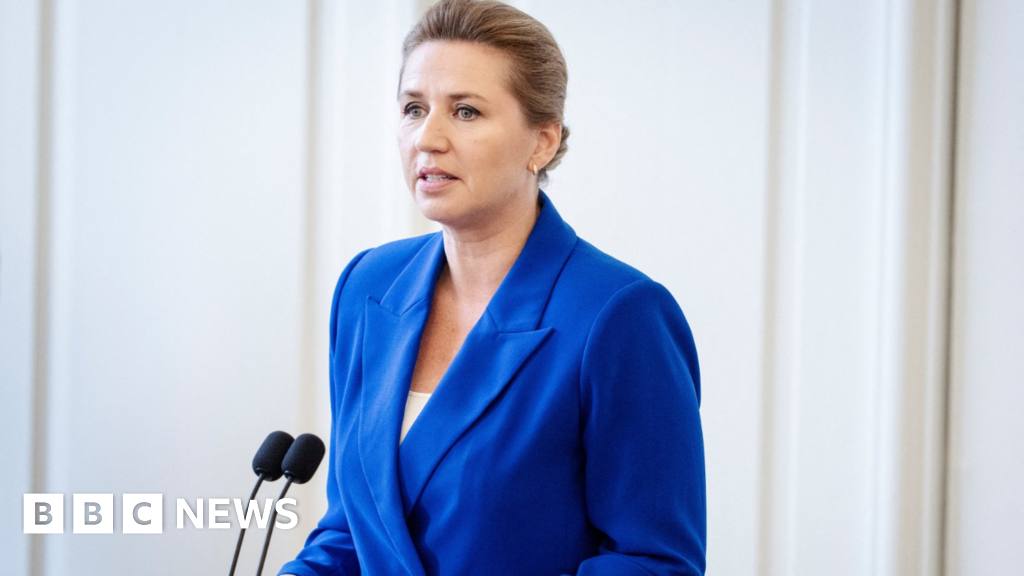This article is part of Overlooked, a series of obituaries about remarkable people whose deaths, beginning in 1851, went unreported in The Times.
In 1937, Bill Hosokawa was majoring in journalism at the University of Washington, where he had started developing a promising portfolio, having written for several small Seattle newspapers. So it came as a surprise when a professor of his called him into his office and advised him to change his career plan.
“No American publisher is gonna ever hire you,” the professor said. “We don’t like prejudice and discrimination, but you know it exists.”
Hosokawa knew that the professor was referring to: Hosokawa was Japanese American. But he spurned the advice. He decided, as he said in a 2001 interview with Densho, a nonprofit that preserves the history of Japanese Americans placed in incarceration camps during World War II: “To hell with that. Why, I’m going to go ahead with this and do what I can.”

He would go on to have a decades-long career in journalism, becoming one of the first editors of color at a metropolitan newspaper, The Denver Post, writing several books and using his work to advocate for the rights of Japanese Americans, even after he was shipped to an incarceration camp by the federal government during the war.
Kumpei Hosokawa was born on Jan. 30, 1915, in Seattle to Setsugo and Kimiyo (Omura) Hosokawa, immigrants from Japan. His father ran an employment agency for Japanese immigrants, and his mother was an artist who worked for a time as a primary schoolteacher.
Growing up, he spoke Japanese at home and did not learn English until he enrolled in school and began going by the name William. He spent summers working in salmon canneries in Alaska.
At Garfield High School in Seattle he was a sports editor for the school paper and fell in love with journalism. Shortly after enrolling at the University of Washington, he got his first job in the field, reporting for The Japanese-American Courier, a Seattle weekly.
As his college professor had predicted, Hosokawa struggled to find work with a mainstream Seattle newspaper after graduation, so he briefly took a job as a press secretary for the Japanese consulate. The next year, 1938, he moved to Singapore with his wife, Alice, for a job as an editor with The Singapore Herald, an English-language newspaper.
He went on to report on political turmoil for the paper, traveling to China, Japan and the Japanese puppet state of Manchukuo in northeastern China. He later moved to Japanese-occupied Shanghai, where he worked for the English-language Shanghai Times and The Far Eastern Review. Under the scrutiny of Japanese censors, Hosokawa performed a delicate balancing act, writing articles that sometimes approached the line of Japanese propaganda and occasionally went over it.
In 1941, convinced that war between the United States and Japan was imminent, he returned to Seattle. A month later, the Japanese bombed Pearl Harbor.
In the weeks after war broke out, Hosokawa became active with the civil rights organization Japanese American Citizens League. In letters to President Franklin D. Roosevelt, Eleanor Roosevelt and Secretary of State Cordell Hull, he extolled the loyalty of Japanese Americans amid rising anti-Japanese sentiment in America. He also persuaded The Seattle Times to print a full-page spread of photographs of Japanese Americans performing everyday activities to show that they were “peaceful, law-abiding” and “constructive,” as he told Densho.
Yet he, his wife and his young son were among the more than 120,000 Japanese Americans who were incarcerated by the federal government under Roosevelt’s Executive Order 9066. In the spring of 1942, they were sent to Puyallup Assembly Center, a hastily built camp near Seattle. Thin walls did little to shield inmates from cold spring rains, and guards patrolled the camp’s barbed-wire perimeter.
His family was later sent to the Heart Mountain incarceration camp in Wyoming, where Hosokawa became the editor of The Heart Mountain Sentinel, a weekly newspaper put out by inmates that covered camp events and ran editorials about the war effort. Despite censorship and a meager budget, Hosokawa built a readership that extended beyond the camp.
In October 1943, he and his family were permitted to leave after he was offered a job as a copy editor with The Des Moines Register.
In 1946, shortly after the end of the war, The Denver Post ownership hired a new editor and publisher, Palmer Hoyt, who wanted to dispel the paper’s reputation for being anti-Japanese. Hosokawa, now with a family of four children, applied for a job with paper as a reporter, although not without some trepidation.
“The Post had been a terrible newspaper, and it had been very hostile toward minorities,” he told the Maynard Institute for Journalism Education in an interview. “I began to wonder if one man could change the paper and make it into the kind of publication that I would want to work for.”
He said he expressed his concerns to Hoyt, who told him: “You don’t have to worry about that. You’ll go as far in this organization as your abilities will take you.”
Hoyt stayed true to his promise. He started Hosokawa as a reporter and made him editor of The Post’s well-respected Sunday magazine, Empire. In 1950, Hosokawa was sent to Korea as a war correspondent, and 20 years later he reported from Vietnam during the war there. He remained with The Post for nearly 40 years, his last job as editorial page editor.
In 1983, he moved to the The Rocky Mountain News, also based in Denver, where he was a reader representative. He retired in 1992.
From 1942 until 2000, Hosokawa had a regular column, Out of the Frying Pan, in The Pacific Citizen, a newspaper put out by the Japanese American Citizens League. Among other subjects, he wrote about life with his family, civil rights and Japanese American literature; he was an early champion of John Okada’s landmark 1957 novel, “No-No Boy,” the story of a Japanese American draft resister.
As an author himself, Hosokawa published “Nisei: The Quiet Americans” (1969), which was among the first mass-market histories of Japanese Americans. It portrayed the young Nisei, or second-generation Japanese Americans, as overcoming the hardships of incarceration to find success, calling the experience a “trial by fire” from which they emerged “tempered, tough, resilient.”
Reactions to the book were mixed. Some lauded it for capturing the community’s resolute spirit; others said it soft-pedaled the suffering of the war years and promoted model minority myths by attributing Japanese American success to inherited cultural factors. Even the title was criticized as evoking silent conformity. Yet the book sold well.
Hosokawa wrote about 10 more books, including one about the citizens league, “J.A.C.L. in Quest of Justice” (1982) and “They Call me ‘Moses’ Masaoka” (1987, with the J.A.C.L. leader Mike Masaoka). They appeared in the 1980s, at the height of the struggle to redress wrongs against wartime Japanese Americans, and represented something of an official history of the J.A.C.L. While well researched, the books seemed intended as an apologia for the organization, notably its collaboration with the government in the mass removal of Japanese Americans in 1942.
He also wrote “Thunder in the Rockies” (1976), a history of The Denver Post that focused on Hoyt’s leadership. Hosokawa was 90 when he published his final book, “Colorado’s Japanese Americans” (2005), which recounted the growth of Japanese communities in cities like Denver as a result of wartime resettlement.
In retirement, he became involved with the Japan America Society of Colorado and the American Civil Liberties Union, which awarded him the Whitehead Memorial prize in 2000 for lifetime service on behalf of victims of inequality. In 1987, the Japanese government awarded him the Order of the Rising Sun, one of the country’s highest honors.
When he was honored by the Anti-Defamation League in 2007, Hosokawa described his life as “a remarkable demonstration of the opportunities available to Americans under our system.”
He died on Nov. 9, 2007, in Sequim, Wash. He was 92.










